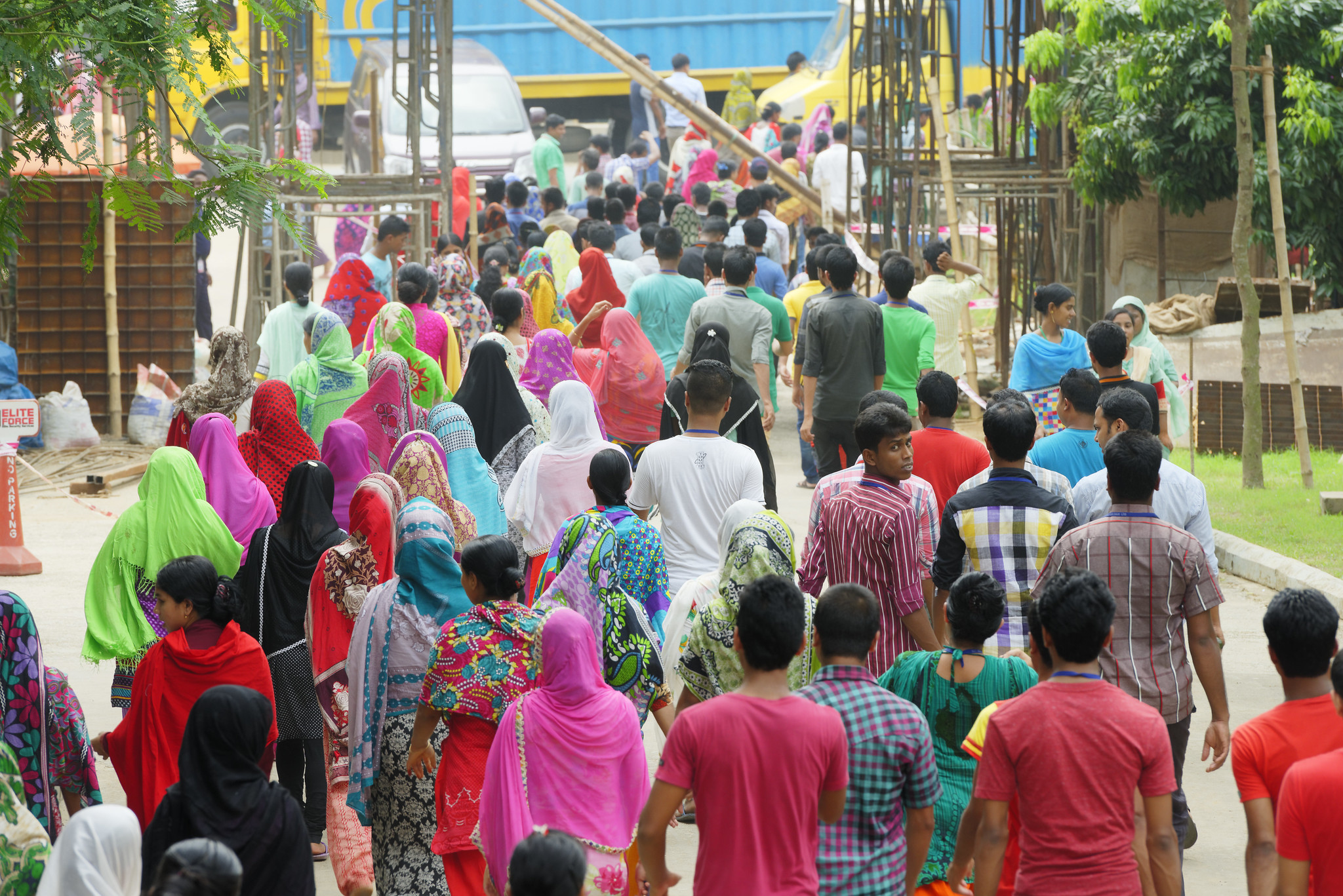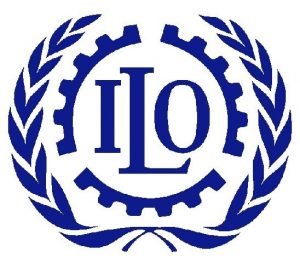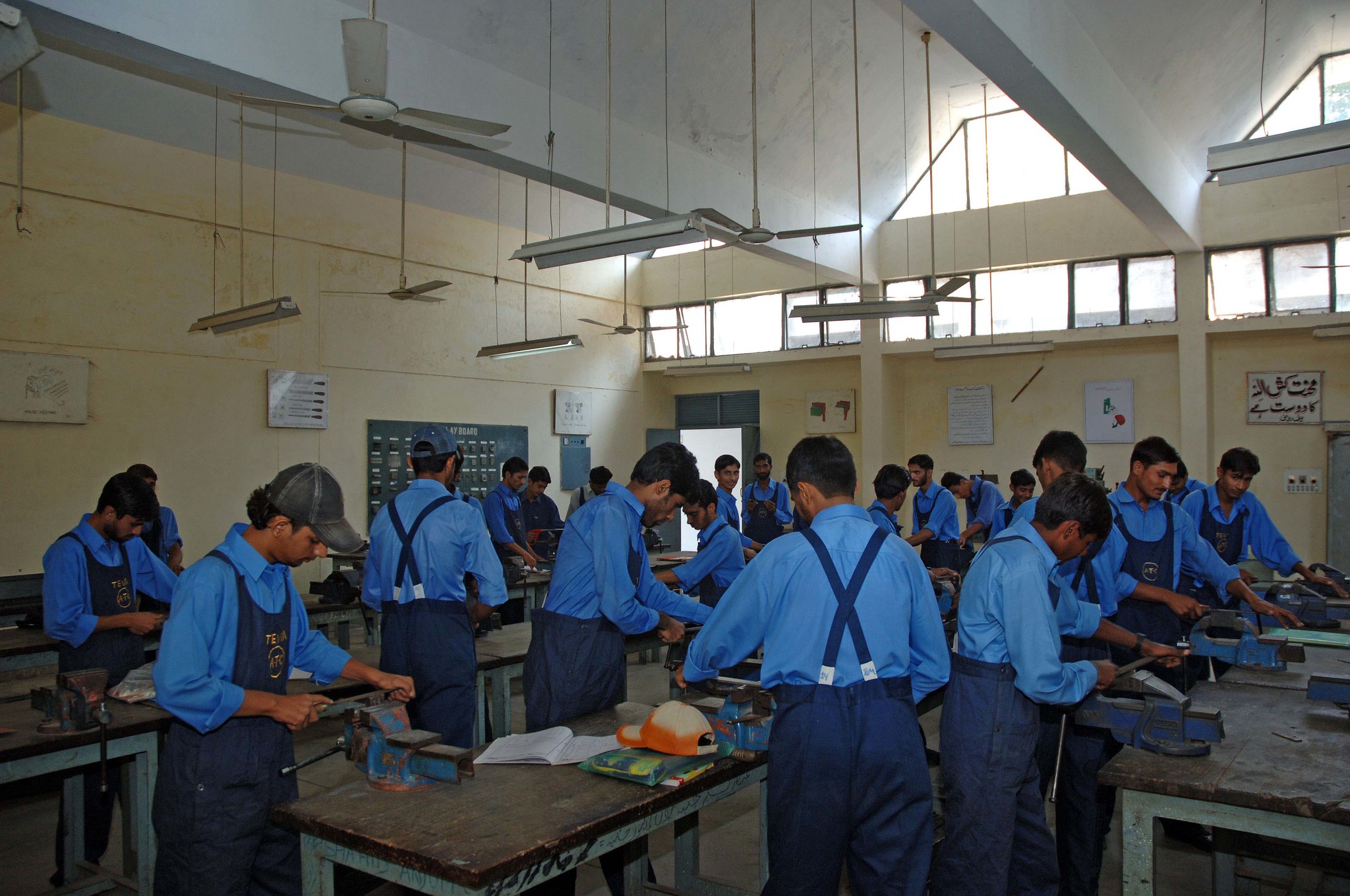Table of Contents
Related pages
See also
Introduction
The importance of employment as a pathway to economic development, social inclusion and well-being has long been recognised. As well as being at the heart of the ILO’s Decent Work Agenda, employment is a central element in the 2030 Agenda for Sustainable Development which places emphasis on promoting productive employment and decent work for all (Goal 8).
In this context, statistics on employment are crucial to monitor progress towards many national and international policy goals. These statistics must not just quantify work and people in employment but also provide meaningful information on the types of jobs people are doing.
The international statistical standards relating to employment have undergone significant changes over time, designed to improve their relevance and depth for policy makers. The most significant of these changes came at the 19th International Conference of Labour Statisticians in 2013 when the international community adopted the first statistical definition of work alongside a forms of work framework. Within the new framework, employment is defined as work performed in return for pay or profit. This is narrower than the scope of the previous definition which included some unpaid activities such as subsistence work.
Latest posts
Methods

Worker and sector profiles (PROFILES database)
Concise description of concepts and definitions, uses, sources and limitations of indicators in the Worker and Sector Profiles, including definitions for the groups of occupations and/or sectors recombined to create these profiles.

Labour Force Statistics (LFS, STLFS, RURBAN databases)
Concise description of concepts and definitions, uses, sources and limitations for labour force statistics in various databases (LFS, STLFS, RURBAN).

Work Statistics – 19th ICLS (WORK database)
Concise description of concepts and definitions, uses, sources and limitations for (paid and unpaid) work statistics based on the 19th ICLS standards.

ILO Modelled Estimates (ILOEST database)
Discover the methods behind the ILO’s modelled estimates on labour force statistics (including the working poor), labour productivity, wage growth and labour migration.

International Standard Classification of Occupations (ISCO)
ISCO is a statistical framework that organizes jobs into a clearly defined set of groups according to the tasks and duties undertaken in the job.

International Classifications of Status in Employment and Status at Work (ICSE and ICSaW)
See the latest international classifications for all forms of work and for employment according to type of authority and economic risk.

Decent Work and the Sustainable Development Goals: A Guidebook on SDG Labour Market Indicators
This Guidebook provides a detailed overview of the labour market indicators included in the Sustainable Development Goals Global Indicator Framework. It is intended to serve as a manual of best practices for calculating and interpreting the SDG labour market indicators, with a view to monitoring progress made at the national and international levels towards the achievement of the SDGs.

Key Labor Market Indicators: Analysis with Household Survey Data
This publication is an introduction to labour market indicator analysis and a guide for analysing household survey data using the ADePT ILO Labour Market Indicators Module. The ADePT module is a powerful tool for producing and analysing KILM indicators using household survey data. The software allows researchers and practitioners to automate data production, to minimize data production errors and to quickly produce a wide range of labour market data from labour force surveys or other household surveys that contain labour market information.

Decent Work Indicators – Guidelines for producers and users of statistical and legal framework indicators
This manual presents guidelines on the decent work statistical indicators and legal framework indicators. It is divided into eleven chapters which correspond to the ten substantive elements of decent work as well as to the economic and social context for decent work.

Resolution concerning statistics of work, employment and labour underutilization (including amendments)
Adopted by the 19th ICLS (2013), this resolution sets standards for work statistics to guide countries in updating and integrating their existing statistical programmes in this field. It defines the statistical concept of work for reference purposes and provides operational concepts, definitions and guidelines for: (a) distinct subsets of work activities, referred to as forms of work; (b) related classifications of the population according to their labour force status and main form of work; (c) measures of labour underutilization.

Employment and economic class in the developing world
This paper introduces a model for generating national estimates and projections of the distribution of the employed across five economic classes for 142 developing countries over the period 1991 to 2017. The national estimates are used to produce aggregate estimates of employment by economic class for eight developing regions and for the developing world as a whole. We estimate that 41.6 per cent of the developing world’s workers were middle class and above in 2011, more than double the share in 1991. Yet, regional figures show that widespread poverty and vulnerability to poverty persists in many developing regions. Further growth in the developing world’s middle class, which both reflects and supports broader economic development, will require increased productivity levels and an expansion in the number of quality jobs.
Publications
Note: Many publications are available only in English. If available in other languages, a new page will open displaying the options on the right.

World Employment and Social Outlook: Trends 2024
Labour markets have shown surprising resilience despite deteriorating economic conditions, but recovery from the pandemic remains uneven as new vulnerabilities and multiple crises are eroding prospects for greater social justice.
The working poor… or how a job is no guarantee of decent living conditions
This issue of ILOSTAT’s Spotlight on work statistics focuses on employed people living in extreme poverty around the world. Using ILO’s global estimates of employment by economic class, it shows the great progress achieved during the last few decades in reducing working poverty in the world, and how more effort is still needed to completely eradicate it, particularly considering the strong regional disparities.
Where are the jobs?
This brief casts light on the trends in employment by sector and occupation, by focusing first on the broad sectors and occupations at the global level before moving on to analysing regional patterns.










